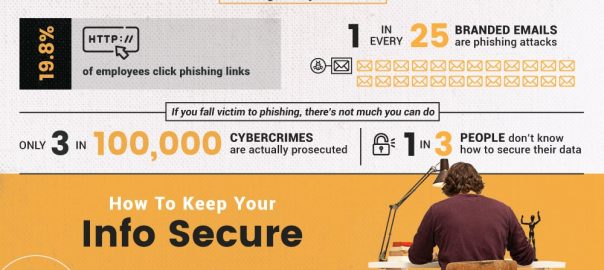While email can be used as a great method of communication, it can also be a venue for a rising amount of cybercrime. 14.5 billion spam messages are sent to email inboxes every day. While some spam is nothing more than a mere annoyance, a significant portion of spam emails are phishing. Phishing emails are fraudulent messages meant to steal personal information. Every day, they cost unwitting recipients dearly.
By 2025, phishing attacks will cost $ 10.5 trillion each year. Cybercrime is the 3rd largest economy in the world, after the US and China. Since phishing is often the first step to bringing malware into a system, ransomware has reached everyone from consumers to big business. In recent times, a cyberattack against Colonial Pipeline caused massive gas panic. A recent NotPetya ransomware attack stole consumer information from the large corporate giant, FedEx.
If large corporations can be brought to their knees by ransomware, imagine the impact cybercrime has on small businesses. More than 60% of small businesses permanently close 6 months after a phishing attack. For those that do recover, it can take up to 6 weeks and major consumer losses to get past a data breach. Most consumers don’t shop at businesses incapable of protecting their data.
What can businesses do to protect themselves and their customers? Protecting documents and folders is an important first step that 95% of companies have yet to take. Nearly 1 in 5 of employees click phishing links, meaning 85% of scams involve human error. Establishing an employee training program is a crucial component, though that will not prevent every attack. Because the majority of attacks involve credential harvesting, businesses should verify all invoices and payments. No matter the email security program a company uses, one should always keep an eye out for discrepancies. While humans can’t catch 100% of problems, 25% of phishing emails bypass default security.
![How Safe Are Your Emails? [Infographic] How Safe Are Your Emails? [Infographic]](https://www.onlinesalesguidetip.com/wp-content/uploads/2021/08/How-Safe-Are-Your-Emails-Infographic-scaled.jpg)
Infographic Source: Avanan
Digital & Social Articles on Business 2 Community
(41)








